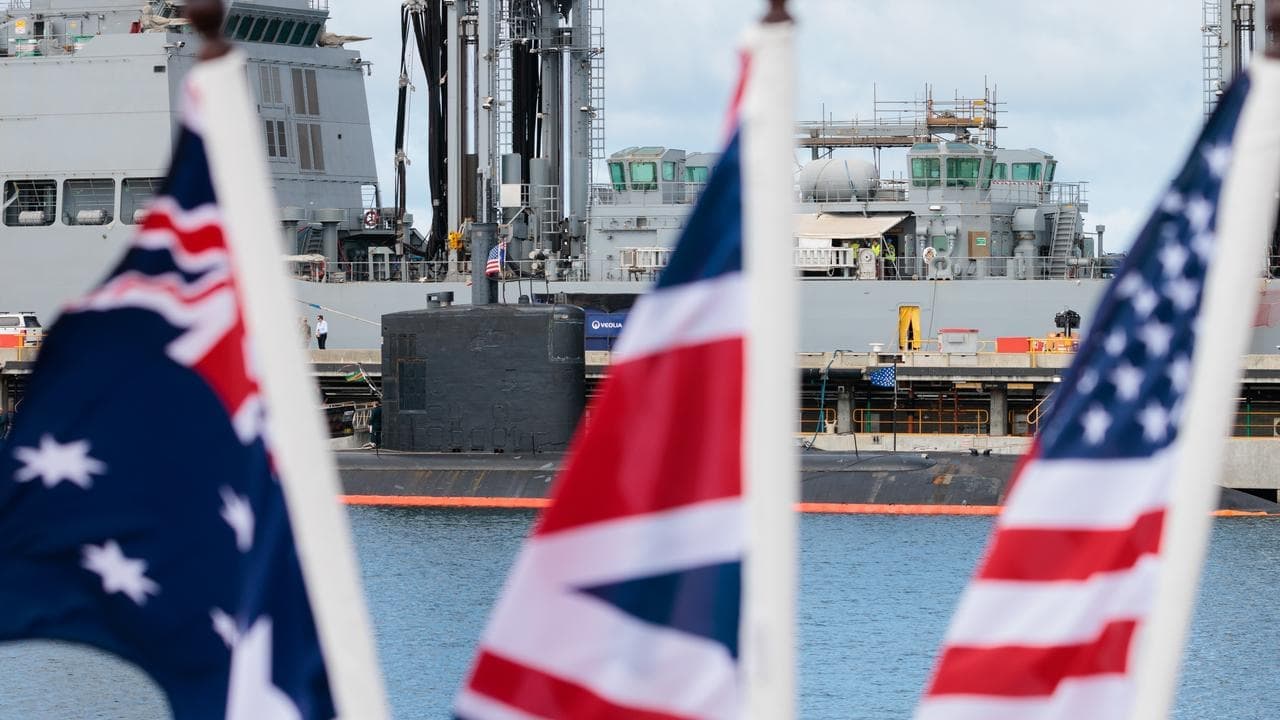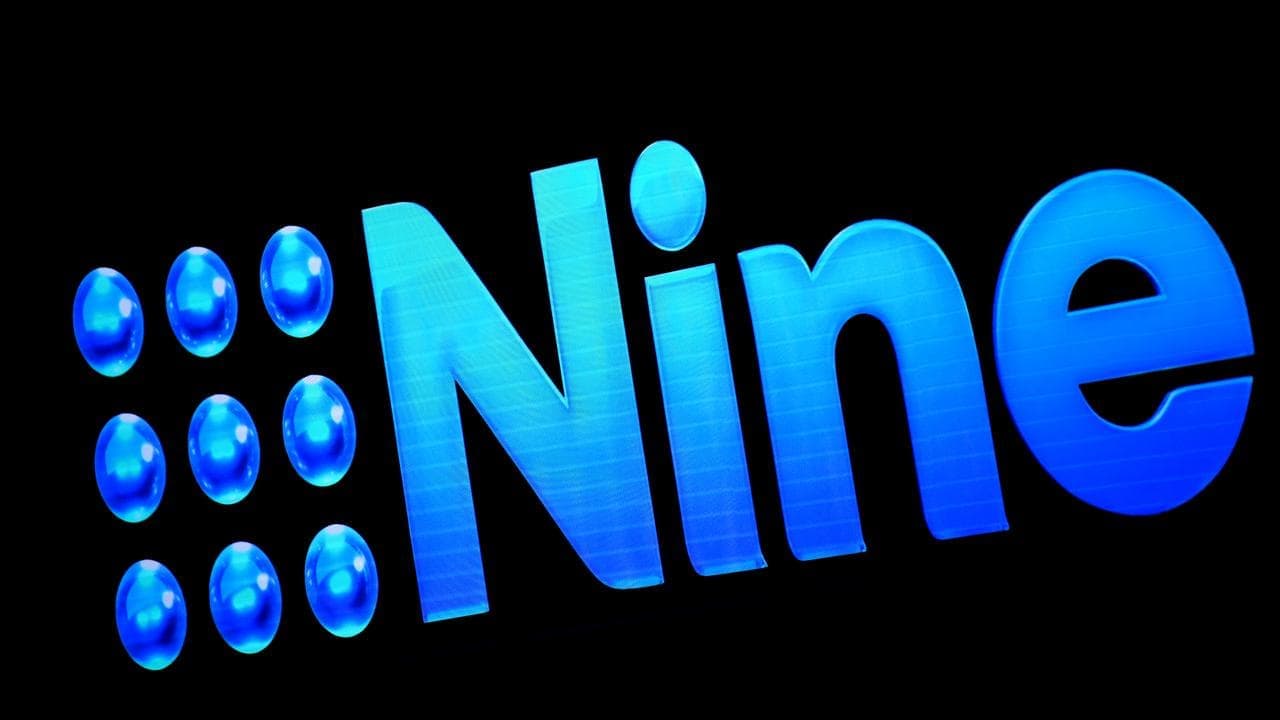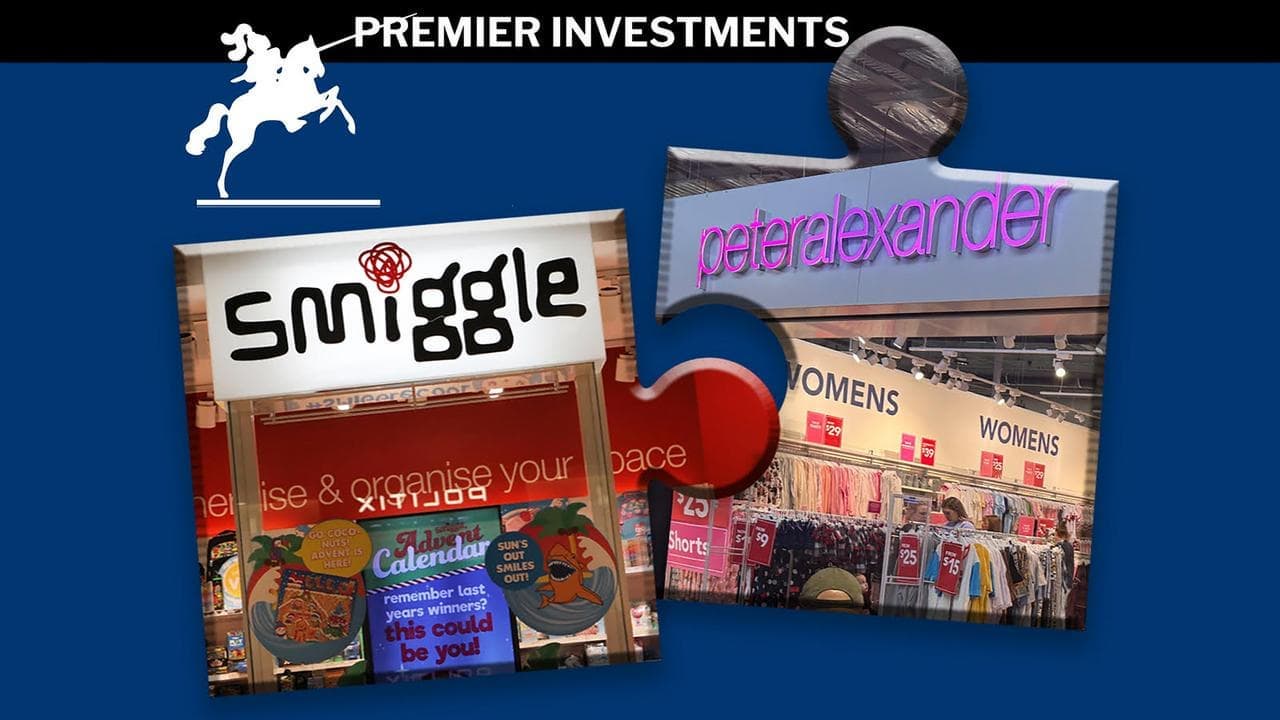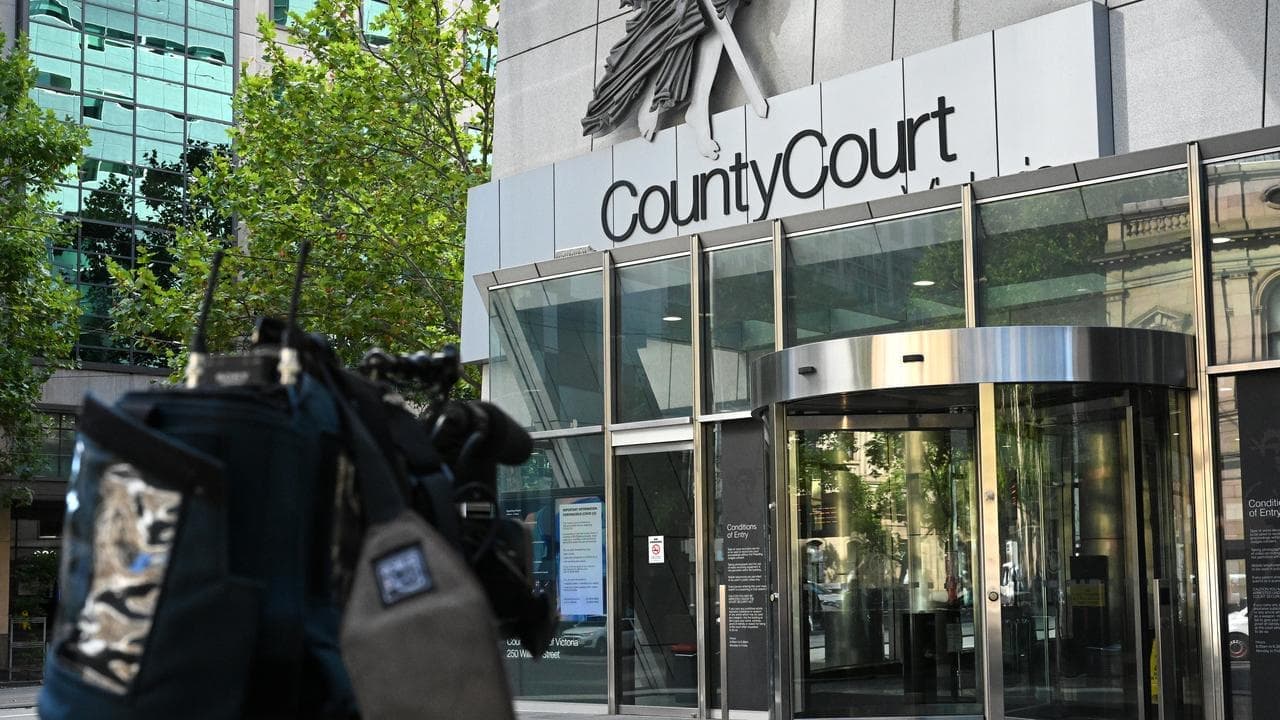AAP FactCheck Investigation: Can the Ardern government claim early success in addressing child poverty in New Zealand?
The Statement
"When we came into government, of all of the (child poverty) measures we use - and we use about nine - seven of them were getting worse. In the short time we've had, we've improved those so that seven are now better."
Jacinda Ardern, Labour Party leader and NZ Prime Minister, September 22, 2020.
The Analysis
NZ Prime Minister Jacinda Ardern has defended her government's response to child poverty, saying they have turned around a trend of increasing poverty.
During the last election campaign in 2017, Ms Ardern said her goal was to end child poverty. Once elected, the Labour coalition passed legislation setting targets to reduce child poverty and it now reports annually on a range of child poverty indicators (see key facts table).
But Ms Ardern's government has been criticised for its progress so far.
During the TVNZ leaders debate on September 22, NZ National leader Judith Collins said the government had done nothing to address child poverty, but Ms Ardern rejected that claim. (video mark 1hr 22min 25sec)
"When we came into government, of all of the (child poverty) measures we use - and we use about nine - seven of them were getting worse," Ms Ardern said.
"In the short time we've had, we've improved those so that seven are now better."
AAP FactCheck examined the statement that seven child poverty measures were getting worse before the Labour coalition government came to power, and that seven measures had improved since that time.
Stats NZ released the first statistics on child poverty in February, which includes three primary measures and six supplementary measures.
The latest figures cover the year to June 2019 and show seven measures did improve on the previous year, one measure was unchanged, and one measure (material hardship) increased by 0.2 percentage points.
However, in the 'key facts' summary of the report, it states that while some measures had declined slightly, the changes were "not statistically significant".
Stats NZ also cautioned against using the survey to look at year-on-year changes due to the margin of error in the survey used.
"We encourage users to look at trends over several years," it said. "Small changes year-on-year are unlikely to be statistically significant because they fall within the range of expected uncertainty."
Stats NZ also pointed out the figures only cover part of Labour's first year in government, and include some of National's last year in government.
This is because the figures are based on the Household Economic Survey, which is conducted throughout the year and asks participants about their economic position over the previous 12 months.
The 2018/19 survey captures information about people's situation between July 2017 and June 2019, including three months of the previous National government.
Victoria University of Wellington public policy Professor Jonathan Boston co-chaired the government's Expert Advisory Group on Solutions to Child Poverty in 2012 and has written and co-authored several books on the topic.
He previously told AAP FactCheck that because of the way the survey is conducted, the most recent statistics cannot be used to establish whether child poverty has increased or decreased under the Labour coalition.
The 2019/20 survey will be the first to cover an entire year of the Labour coalition and this isn't expected to be released until early 2021.
However Treasury forecasts suggest child poverty rates had reduced significantly before COVID-19 and the government was "broadly on track" to meet two out of three of its three-year targets before the pandemic. (Treasury said it wasn't possible to model progress on material hardship).
But were seven child poverty measures getting worse when the government came to power?
Data from Stats NZ measures chnages in child poverty rates from July 2012 to end of June 2019 (see table view). The statistics covering the period prior to the enactment of the Child Poverty legislation were retrospectively calculated from Household Economic Surveys conducted at the time.
The Labour coalition formed on October 19, 2017.
Child poverty figures for the year ending June 2017 show six measures improved on the previous year (measure a, b, e, f, g, and h) and three measures were worse (measures c, i and j).
The figures for the year ending June 2018 - encompassing the period the Labour coalition came to government - show seven measures were getting worse compared with the previous year.
Looking at trends over a longer period, the results are mixed.
Of the three primary measures, Stats NZ noted measure 'a' had "remained fairly constant" since 2012/13, measure 'b' had shown a gradual decline since 2014/15 and one measure 'c' "has stayed at similar levels since 2015/16".
Of the six supplementary measures, five (measure e, f, g, i and j) showed no trend up or down since 2012/13, while one (measure 'h') had been consistently declining since 2015/16.
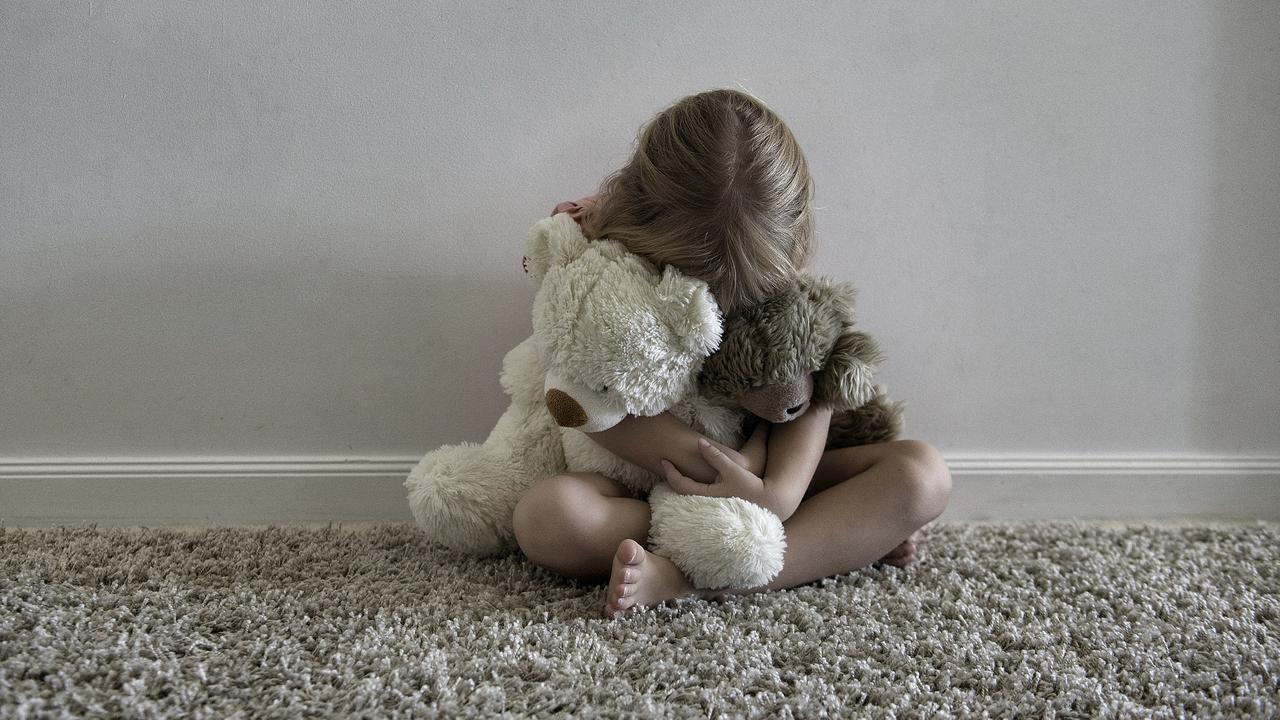
The Verdict
AAP FactCheck found the statement that seven child poverty measures were getting worse when the government came to power, and those had since improved, to be misleading.
While recent figures show seven child poverty measures have slightly improved, the changes were not statistically significant and only partially cover the first year of the Labour coalition government.
While 2017 figures show improvement in six measures, seven measures worsened in 2018. Longer-term, only two measures had been consistently declining, while the remaining seven measures had shown little change in the seven years for which figures were available.
Misleading - The claim is accurate in parts but information has also been presented incorrectly, out of context or omitted.
* AAP FactCheck is accredited by the Poynter Institute's International Fact-Checking Network, which promotes best practice through a stringent and transparent Code of Principles. https://aap.com.au/






